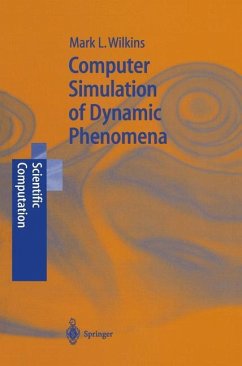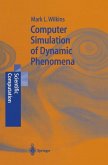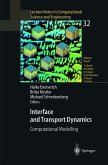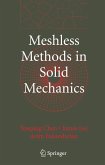This text describes computer programs for simulating phenomena in hydro dynamics, gas dynamics, and elastic plastic flow in one, two, and three dimen sions. Included in the two-dimensional program are Maxwell's equations and thermal and radiation diffusion. The programs were developed by the author during the years 1952-1985 at the Lawrence Livermore National Laboratory. The largest main-frame computers available in the early 1950s were re quired to solve hydrodynamic problems in one space dimension by using forty mass points. Subsequently, numerical methods were developed for solv ing problems in two and three space dimensions, but application of these methods had to wait until the main-frame computers were large enough to tackle meaningful problems. At the present time, lap-top computers can use these methods to solve problems in three space dimensions with the detail of 10 000 mass points. The numerical procedures described in the text permit the exact con servation of physical properties in the solutions of the fundamental laws of mechanics: (1) conservation of mass, (2) conservation of momentum, (3) con servation of energy. The laws of mechanics are universal in their application. Examples are given for the same computer simulation programs solving prob lems of penetration mechanics, surface waves from earthquakes, shock waves in solids and gases, failure of materials.
From the reviews "The focus on the numerical scheme by the author was particularly good. Text, equations and illustrations have been employed very well to explain the methods of producing the numerical code. The procedure to implement them practically is also well documented." (The Physicist, 2000) "(....) the book offers a unique and interesting blend of numerical fluid and solid mechanics. As such, it should serve well as a reference for a graduate course on computational mechanics." (Applied Mechanics Rezensions, 1999).








